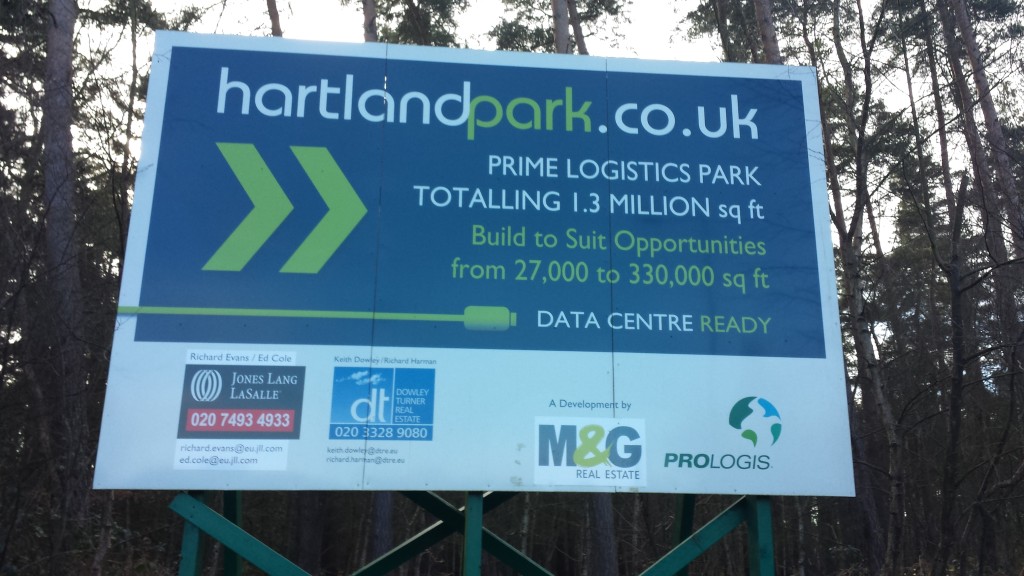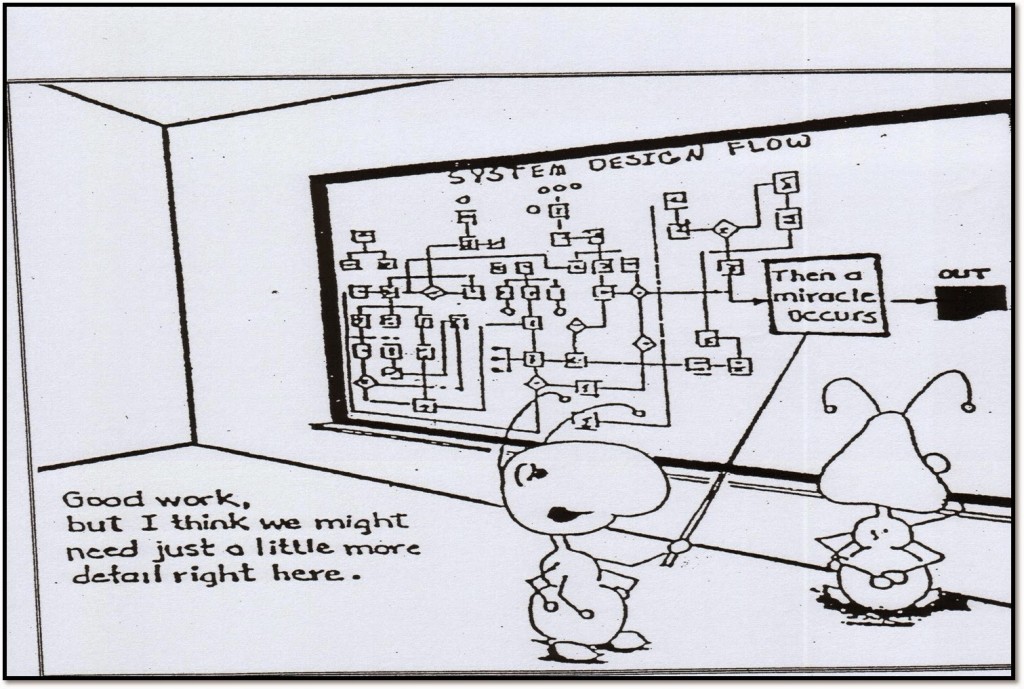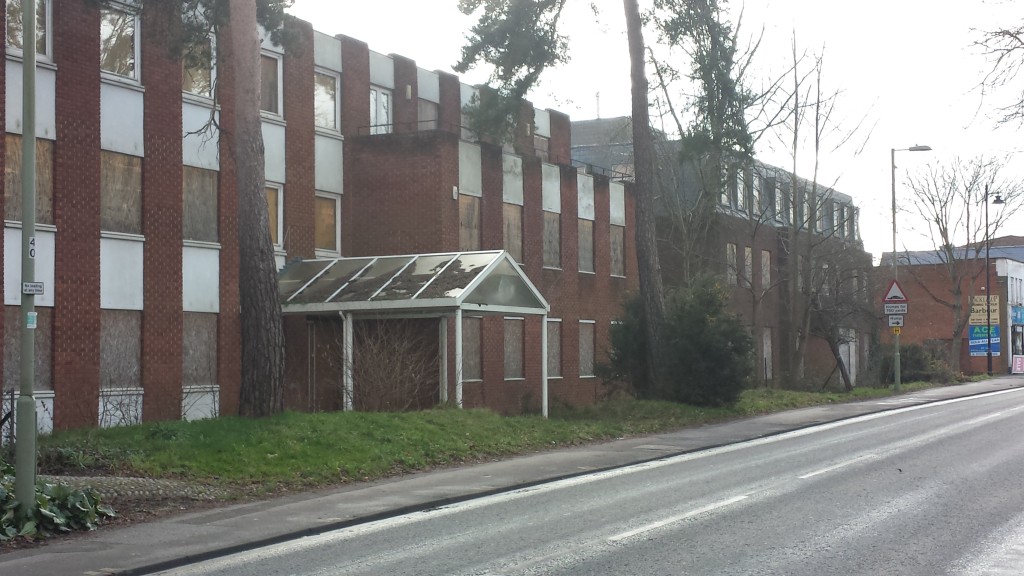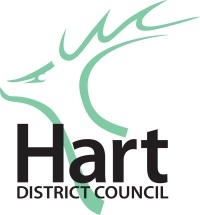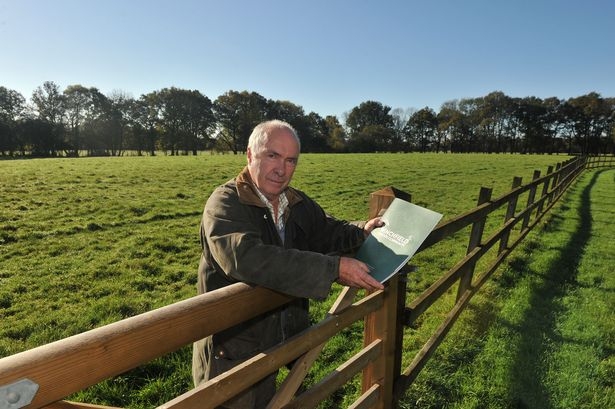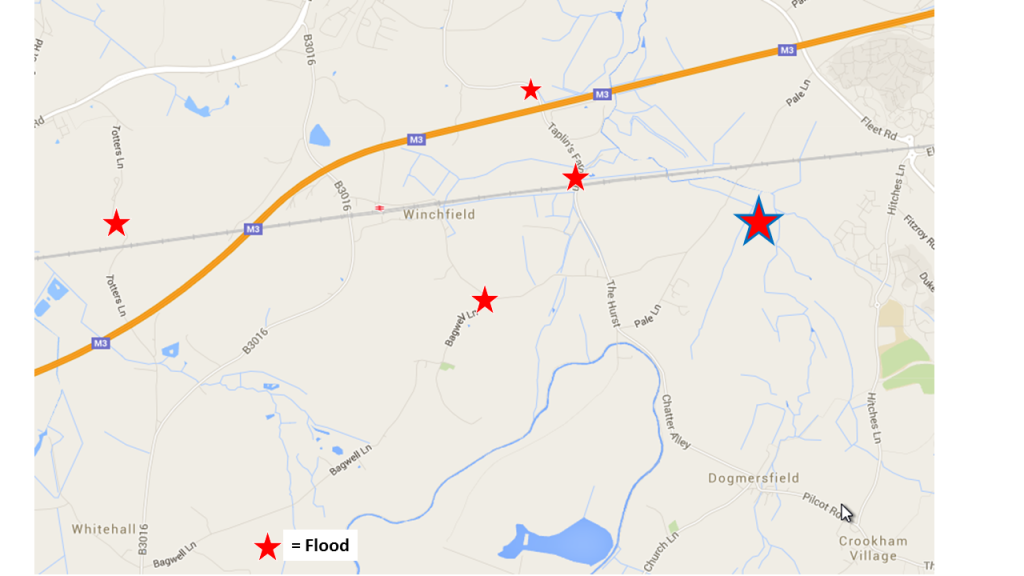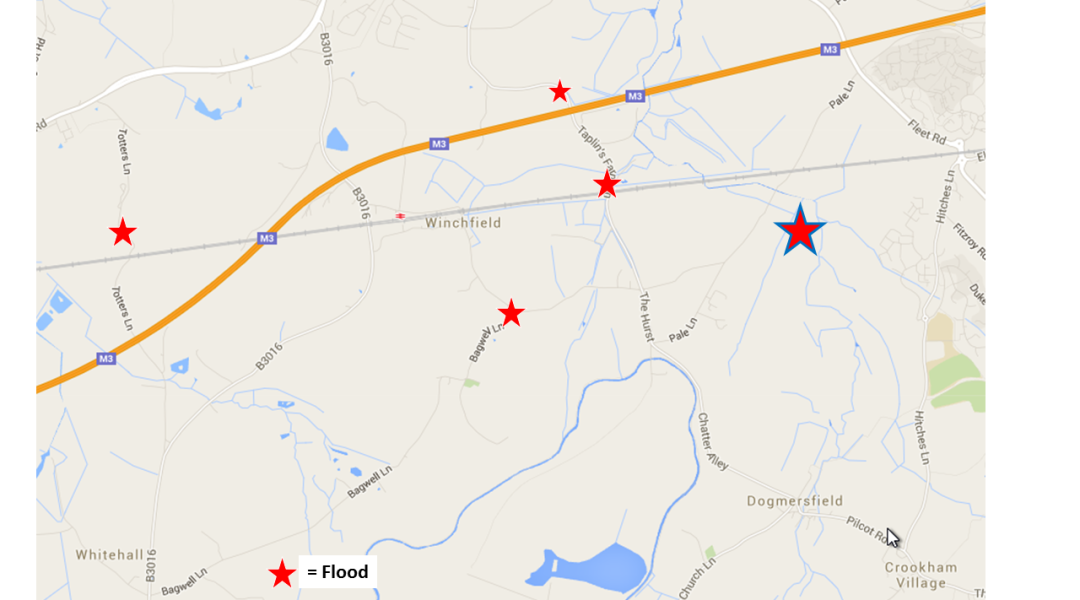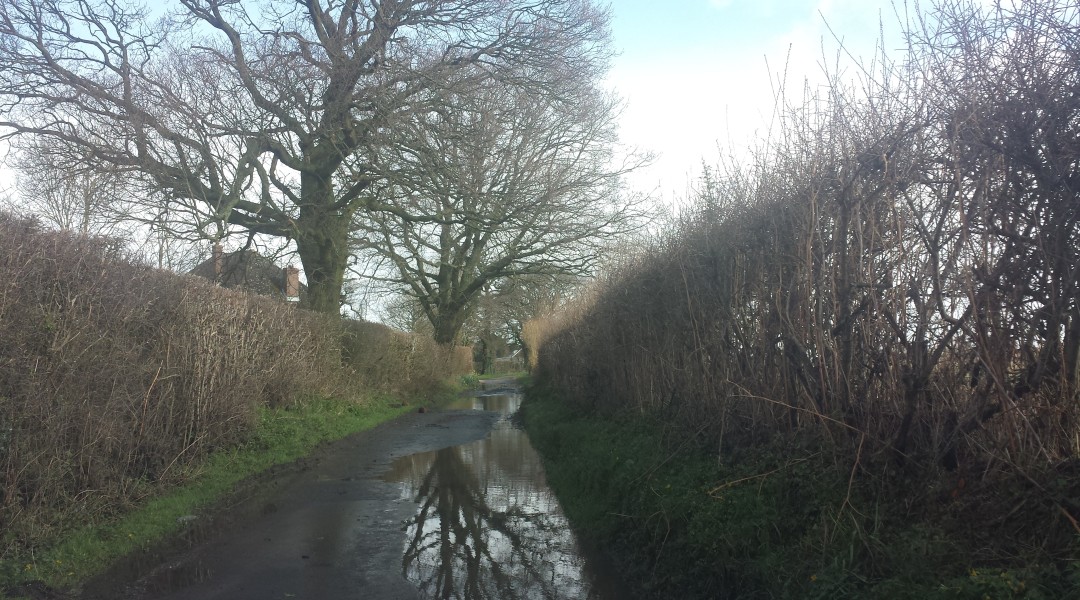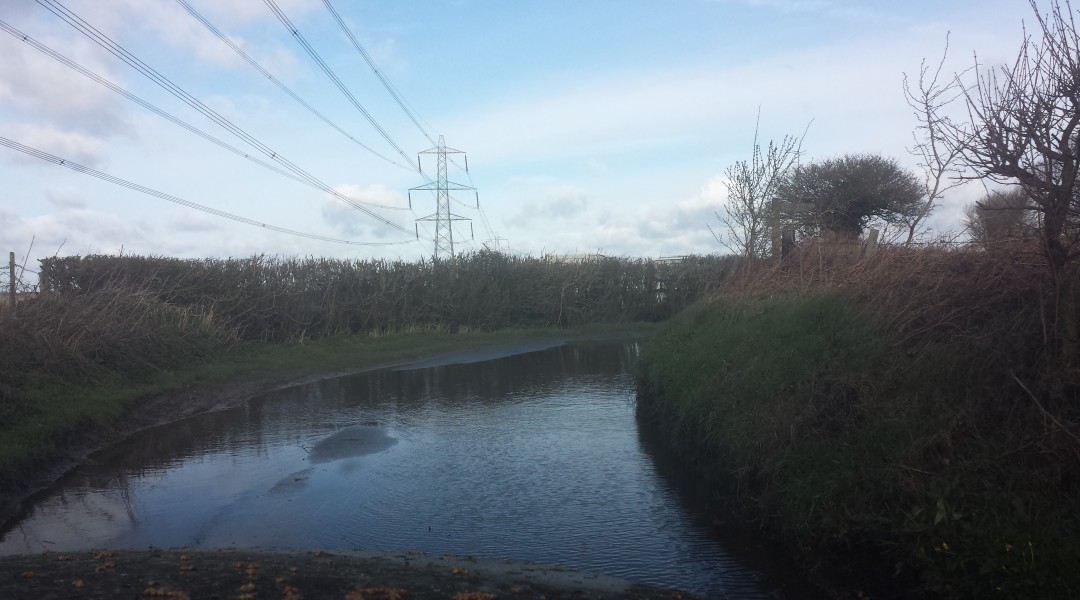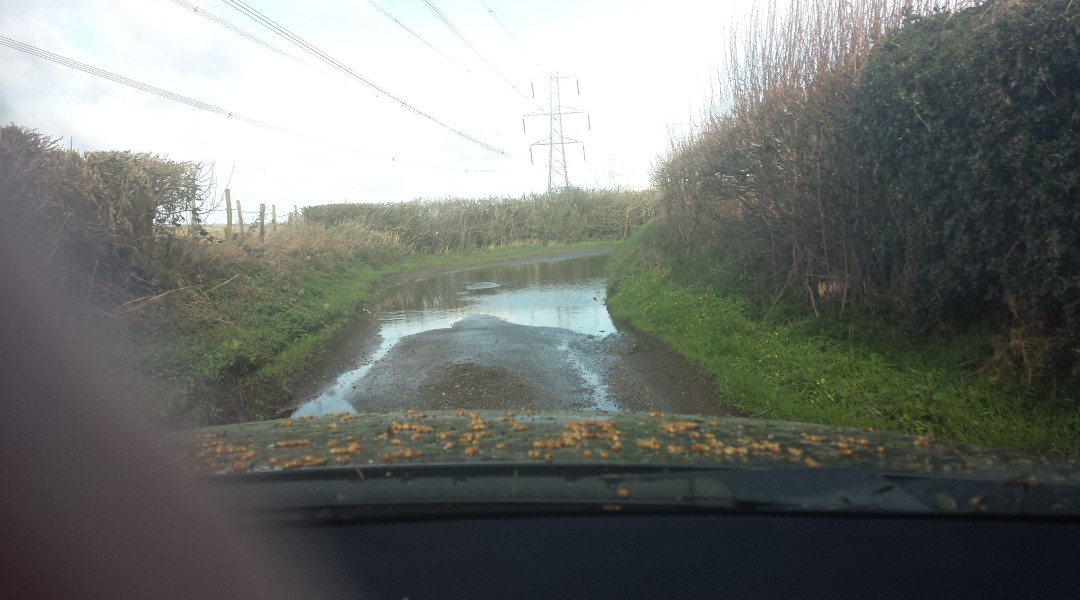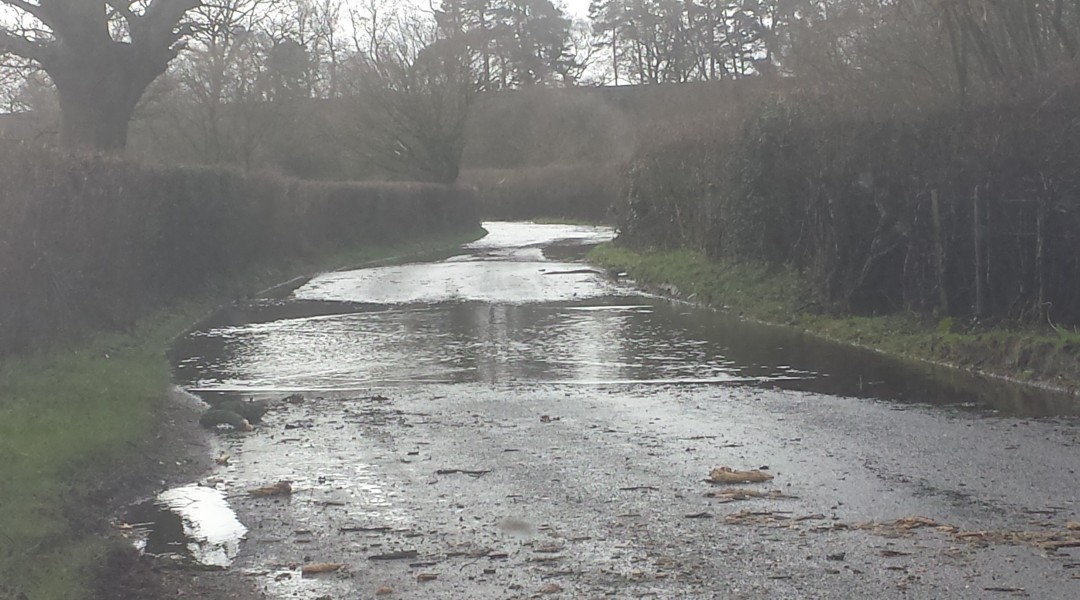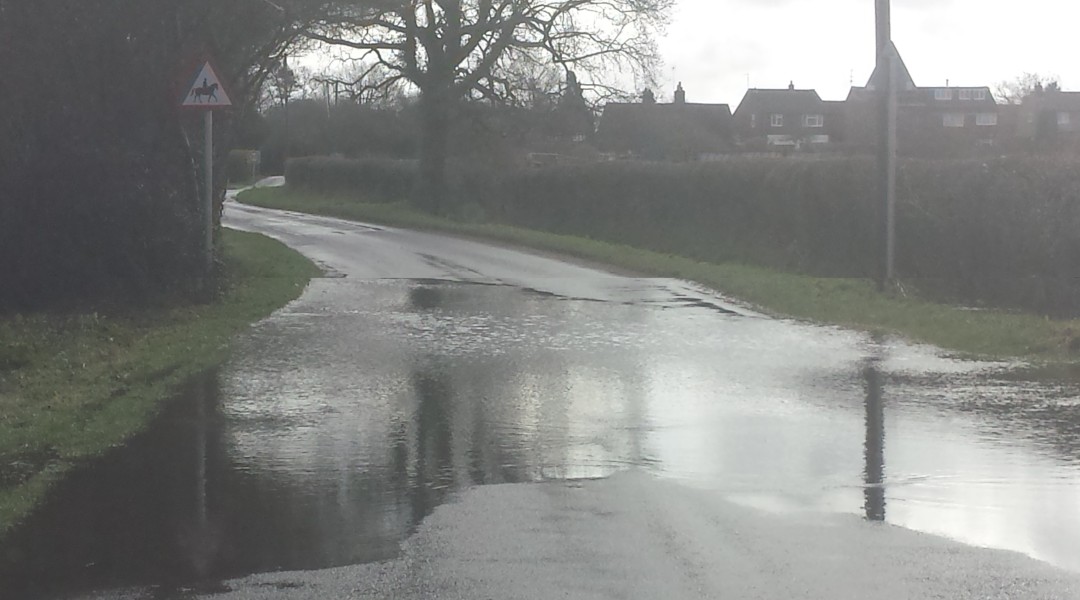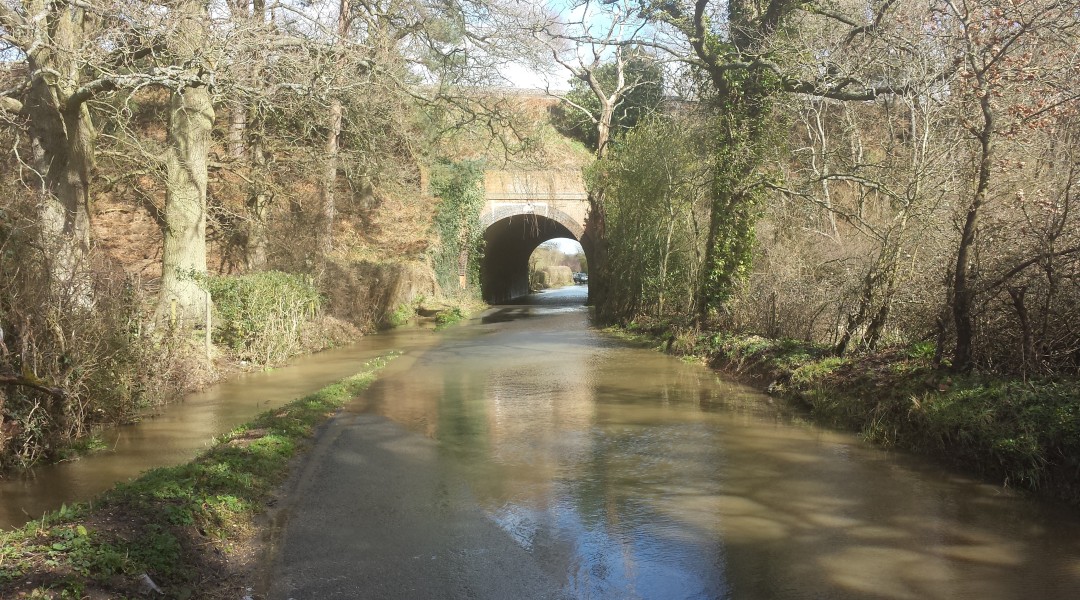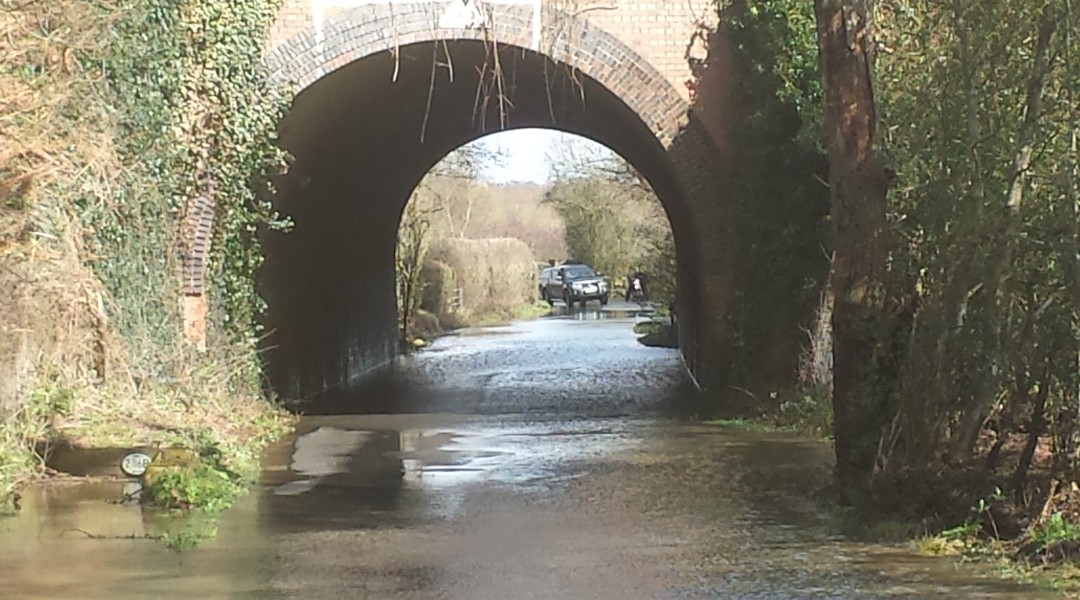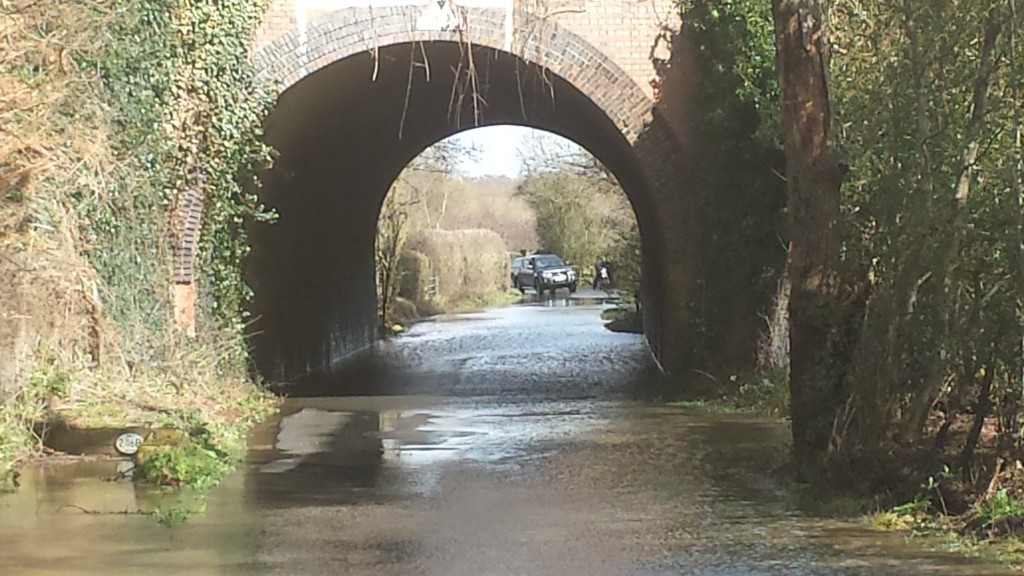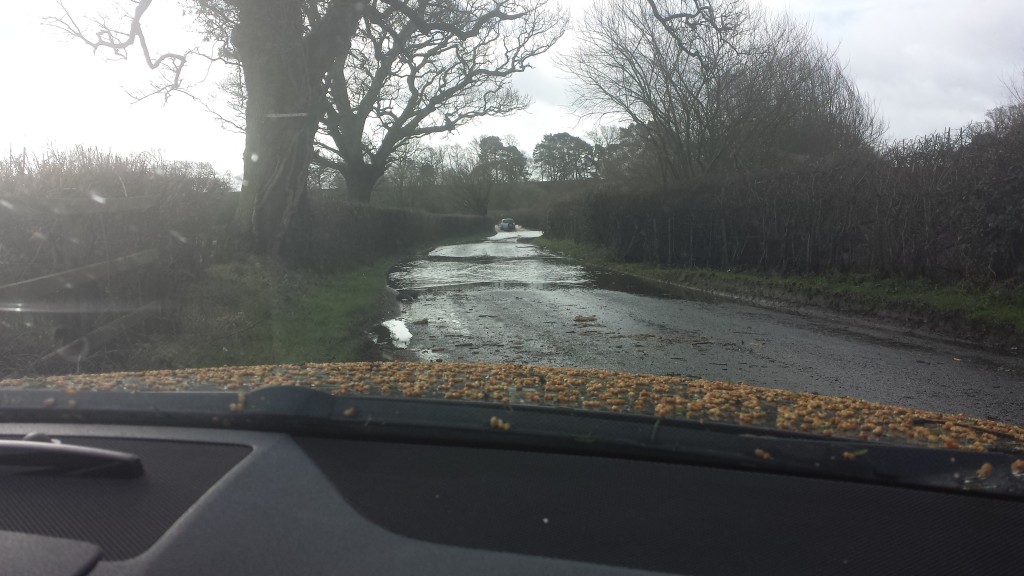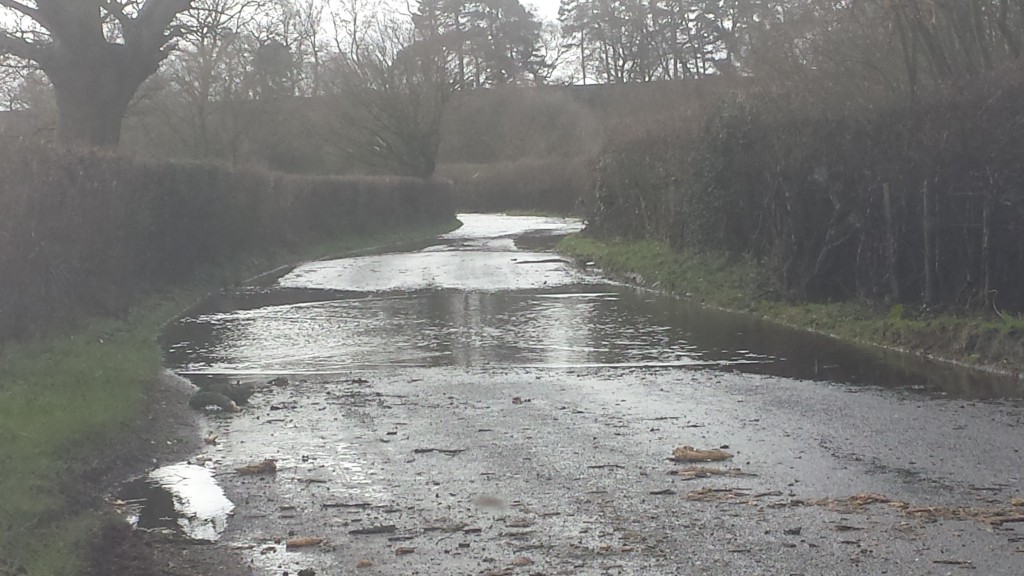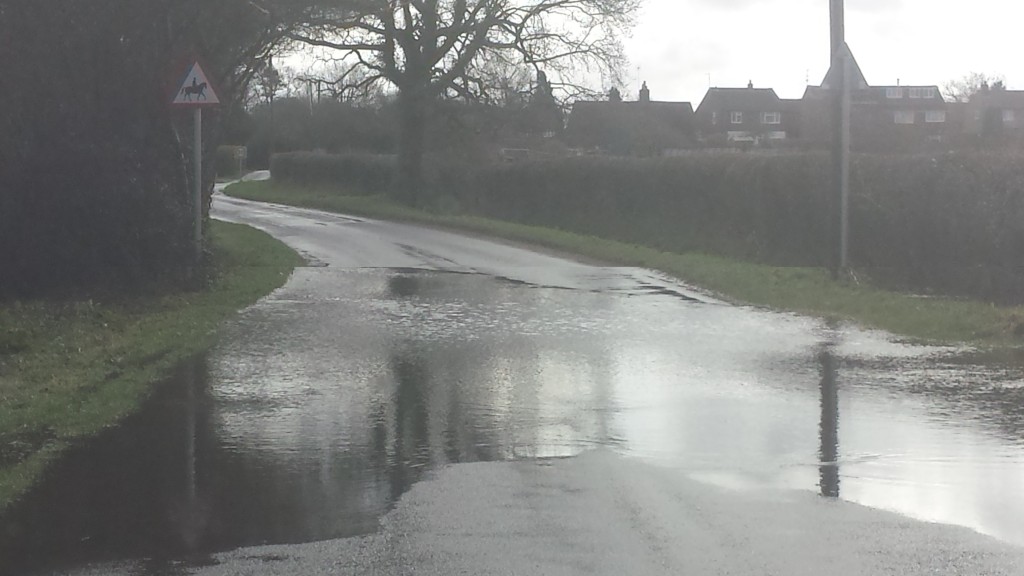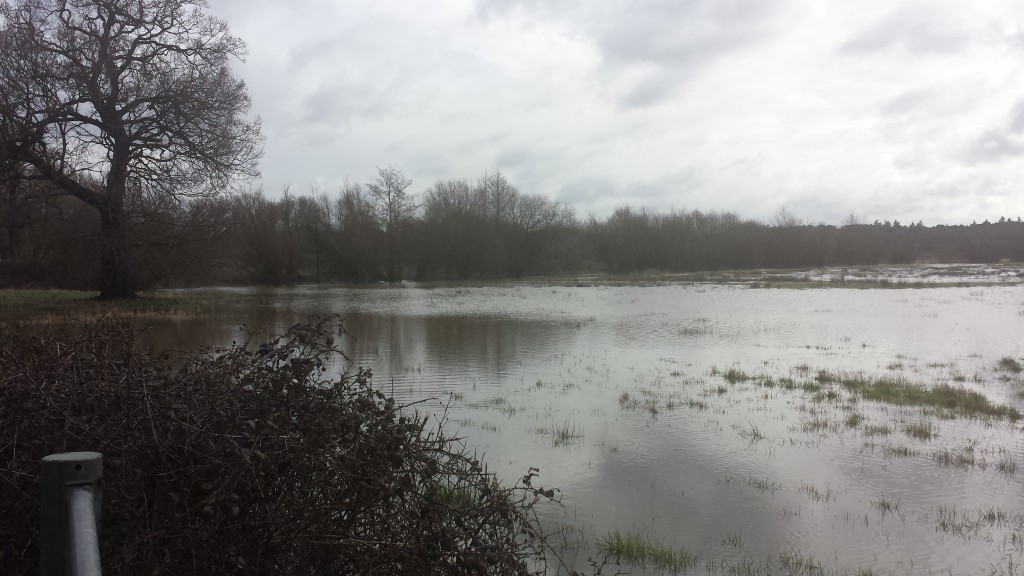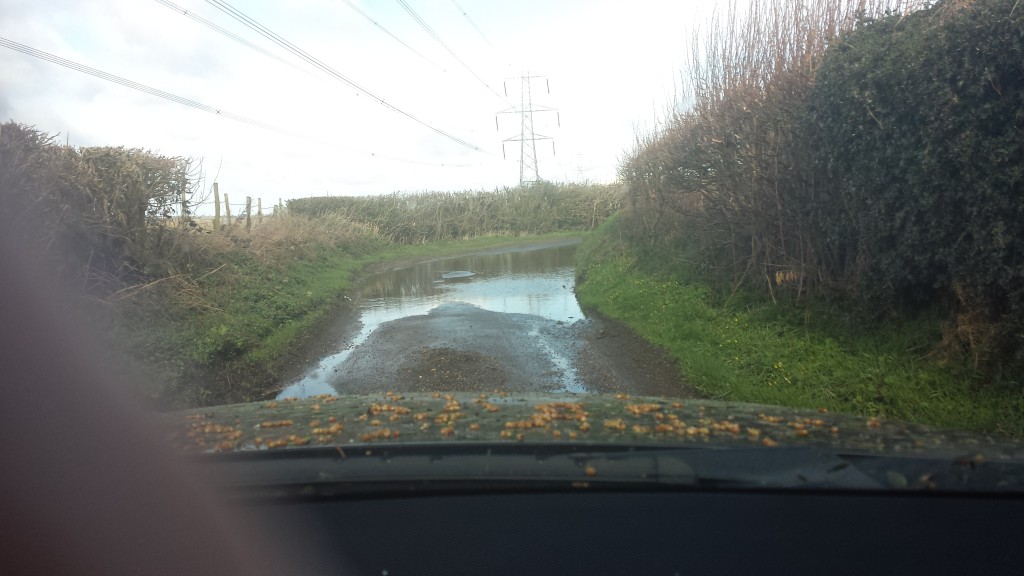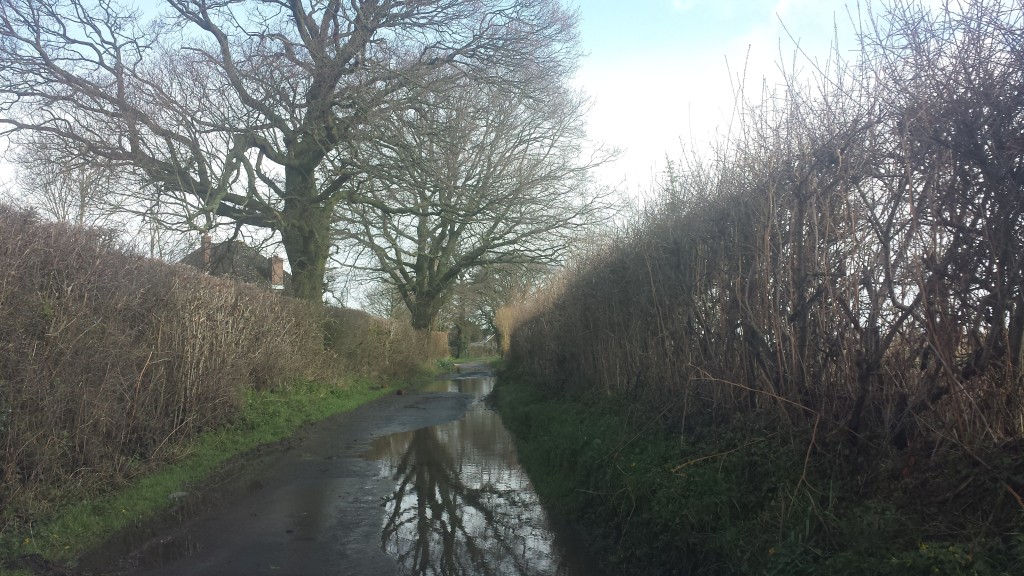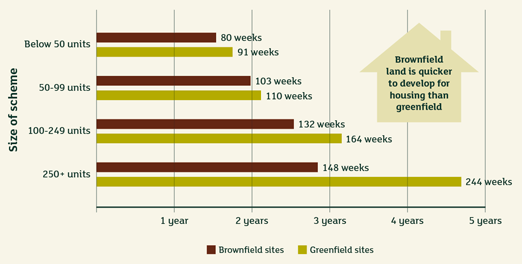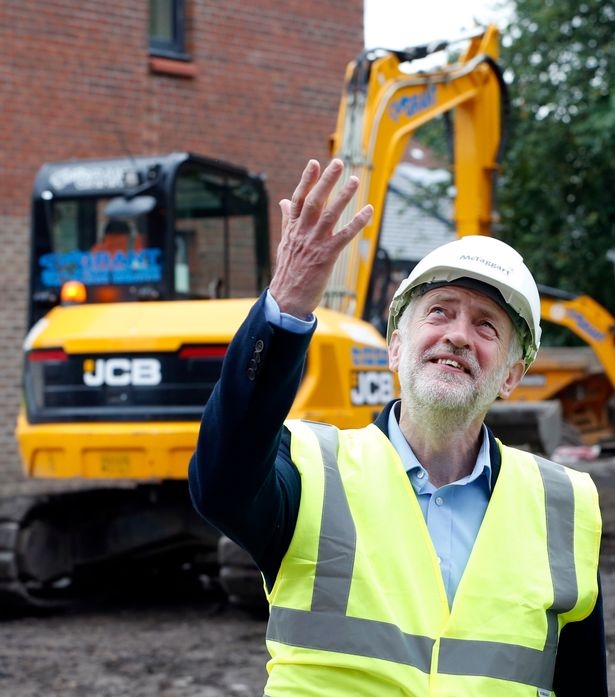
The North East Hampshire Labour Party have responded to our request for them to set out their position on developing a new sustainable village at the Pyestock (aka Hartland Park) site. This is an important issue for the Hart Local Elections 2016.
Their response can be found here. They say they support the redevelopment of Pyestock, but still support the idea of a new town at Winchfield.
There are a number of points in their post that We Heart Hart disagrees with and a number of inaccuracies that are addressed below:
Not building enough to meet housing targets
First, it is true that taken as a whole, the country is not building enough to meet its overall housing targets. However, not all of the blame can be pinned on Local Authorities or Government. A recent report form the Communities and Local Government select committee, chaired by Labour MP Clive Betts has said:
The real problem isn’t local authorities failing to give planning permission but developers getting planning permission and then, possibly as a way to maximise profits, taking a long to time to fully develop sites. We are calling on the government to review these proposals, and to identify the powers local authorities need in order to require or encourage developers to build out sites in their areas.
We support the development of brownfield sites for housing where it contributes to meeting local housing needs.
This chimes with our research and that of Alan Wenban-Smith. There is also evidence that housing targets across our area are over-stating the real need, being on average 41.9% higher than the official population projections would suggest.
Inaccurate assessment of the remaining housing need and infrastructure funding
Second, the local Labour party say:
Due to this national under-development, Central Government has given Hart a fairly high building target to reach by 2032 of around 7,500 homes. Somewhere in the region of 3,500 homes have had [sic] been granted planning permission, some of which being on brownfield sites. These developments are simply extensions to our existing towns and villages, but crucially don’t come with any money to pay for improvement to our infrastructure, be it our schools or surgeries.
We agree the target is 7,534 new homes are said to be our ‘need’ in the planning period up to 2032. But, they are inaccurate in their inference that 4,000 homes are yet to be granted planning permission for Hart’s Local Plan. Hart Council’s own figures in the recent consultation stated that only 2,500 still needed to be permitted (see here, para 21). Their claim about infrastructure funding is also untrue in that all developments (with the narrow exception of office conversions) attract S106 or CIL payments.
Due to their insistence that 4,000 more homes need to be granted permission, they say it is inevitable we have to build more housing in the countryside. However, as we have shown above, their claim is inaccurate, but even if it were true, our analysis has shown that there is capacity for around 4,000 homes on brownfield sites. It seems rather perverse to on the one hand support brownfield development, but at the same time be in favour of more green field development.
We have done our own analysis to show that the infrastructure costs of a new town will far exceed developer contributions and Winchfield Parish Council commissioned a report from professional planners, John Boyd Associates, into the new town idea and they concluded that:
- There is a lack of evidence to justify the need for a new settlement
- Winchfield is not a suitable location for a new settlement
- A new settlement is not a viable approach
- There should be more of a focus on alternatives such as brownfield development and dispersal
All in all it appears as though the local Labour Party has come to the wrong conclusions based on some dodgy data and inaccurate assumptions. So, We Heart Hart does not support their position. A summary of all of the local candidates’ positions on this can be found here.
